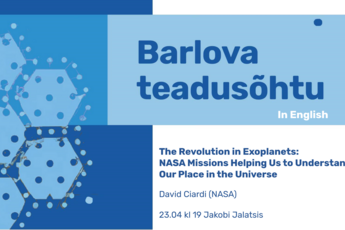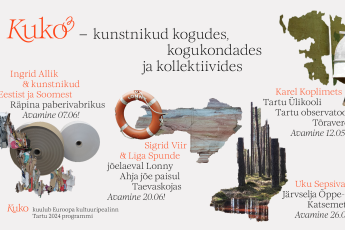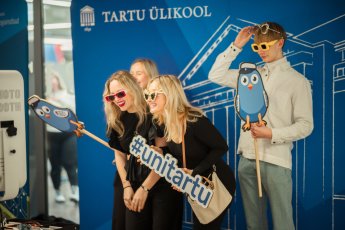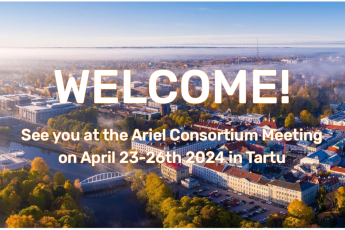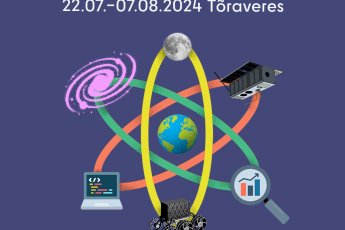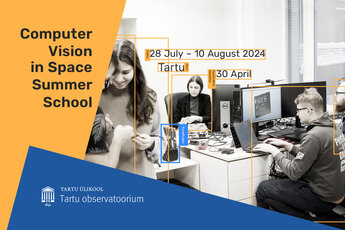Kosmosekeskus Tõraveres
Tartu observatoorium on Tartu Ülikooli kosmosekeskus, mille põhiülesanne on teadus- ja arendustegevus. Oleme tunnustatud partner rahvusvahelistes võrgustikes ning me koolitame noorteadlasi astronoomias, kaugseires ja kosmosetehnoloogias.
ObservatooriumistKülastuskeskus
Tartu observatoorium korraldab eelregistreerimise alusel laiemale publikule ekskursioone, aktiivõpet ja koolitusi. Tule tutvu kosmoseteaduse ja uusimate saavutuste ja teadlase elukutsega.
Külasta observatooriumitTeleskoobid
Astrofüüsikalisteks vaatlusteks on Tõraveres kasutada 1,5-meetrine ja 0,6-meetrine peegelteleskoop ning 0,3-meetrine automatiseeritud robotteleskoop.
Vaata täpsemaltSündmused
Täna
Vaata pikaajalisi üritusi
Peagi tulekul
Pikaajalised üritused





